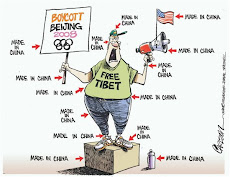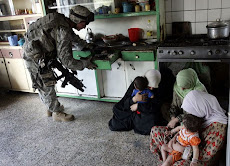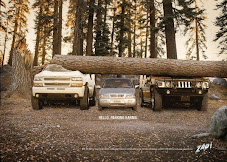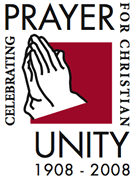
Officials recently announced that the new government would include 40 ministries, a Kenyan record, and many people fear that the money for salaries, cars and staff for the bloated cabinet will eat into what the displaced people need. Donors have pledged millions of dollars to build homes and resettle people, but most of that is in limbo. And now it is the rainy season. Nearly every day, the skies crack open and the water gushes down. Tents collapse, latrines overflow, firewood gets soggy, food goes uncooked and diseases like malaria and the flu flourish. Many of the displaced people are farmers, and the same rains they would have prayed for, had they not been violently driven off their land, are now a curse. Three women in a camp recently died from exposure to the cold and 5-month-old twins from pneumonia. “The rains are my biggest fear,” said Naomi Shaban, Kenya’s minister of special programs, who oversees the displaced persons camps. “These people are living in tents, and these are not just showers, they are heavy rains. There is a lot of contamination, with children playing in the water. We anticipate health problems.”
Many displaced people in this nation of 37 million are worried about how long they can survive and feel abandoned by their government. Ms. Wanjiru, who voted for Mwai Kibaki, Kenya’s president, said she did not support him — or any other politician — anymore. “All we get are words,” she said. She spends her days washing the few clothes she has and sitting in a cracked plastic chair watching the cars go by. A mother of six with a seventh on the way, she said she did not even have the bus fare to go into town or check out the mall. “I lost everything,” she said. Ms. Shaban defended the president, saying he was very concerned about the plight of the displaced people and that helping them is a post-election priority. She said the government had already spent $11 million on food and medicine since January, though the distribution of supplies was sometimes delayed, because some of the people hanging around the displaced persons camps were “impostors” and it took time to verify who the real victims were.
The Kenyan government is asking donor nations, including the United States, to provide nearly $500 million to resettle people and rebuild the tens of thousands of burned down homes, businesses, public utilities and schools. After the disputed election, supporters of the government and of the leading opposition party raged against each other. More than 1,000 people were killed, many quite brutally, and much of the fighting was along ethnic lines. Ms. Shaban, like many other government officials, insisted that most of the displaced people would eventually go home. “As the healing process goes on, more and more want to go back,” she said. But many people are scared. Hundreds of thousands have already resettled in areas where their ethnic group dominates, because that is seen as the only way to guarantee safety. Just a few days ago, in late March, leaflets were circulated in several Rift Valley towns telling Kikuyus, Mr. Kibaki’s ethnic group, that if they returned, they would be killed. “People are still bitter,” said Florence Muia, a Catholic nun who works with displaced people. “They have seen this violence before, and this time they are saying never again.” Many of the displaced children, traumatized into near silence, simply have nothing to return to.
Naomi and Joseph Nganga were abandoned by their father after a mob burned down their house in the Rift Valley and their mother died from a stomach sickness in a displaced persons camp. They are sister and brother, 9 and 10 years old, and live in the children’s home with about 80 others, including: Clinton, who speaks in whispers; a 3-year-old whom workers call Baby Joshua because they do not have any more information about him; and a cheerful 16-year-old named Millicent who has a baby of her own. The boys wear V-neck sweaters and the girls plaid dresses. They play in bare concrete rooms and drink plastic mugs of tea for a snack. When asked if he wanted to stay in the children’s home in Nairobi or go back to his village, Joseph’s voice dropped to a mumble. “I just want to go to school,” he said. His sister nodded next to him and then looked down at her cracked leather shoes.
by Jeffrey Gettleman
+++++++++++++++++++++++++++++++++++++++++++++++++++
Disclaimer
No responsibility or liability shall attach itself to either myself or to the blogspot ‘Mozlink’ for any or all of the articles/images placed here. The placing of an article does not necessarily imply that I agree or accept the contents of the article as being necessarily factual in theology, dogma or otherwise.
Mozlink





















































No comments:
Post a Comment